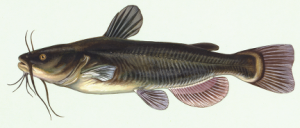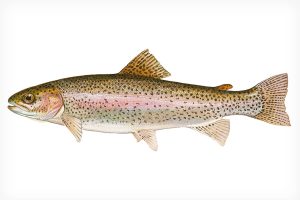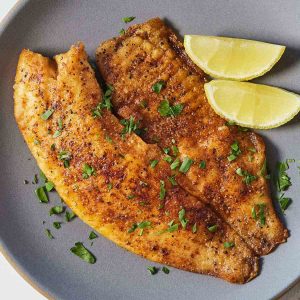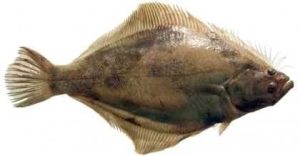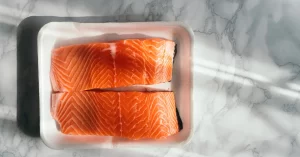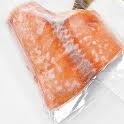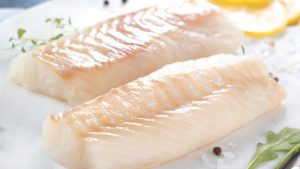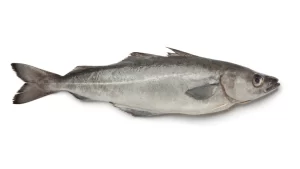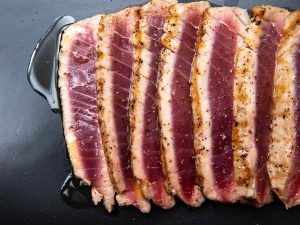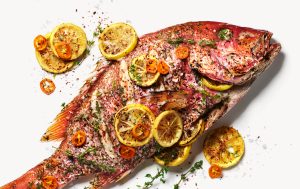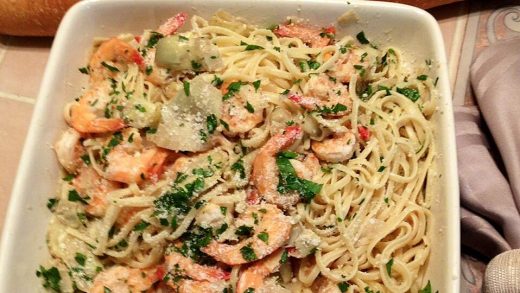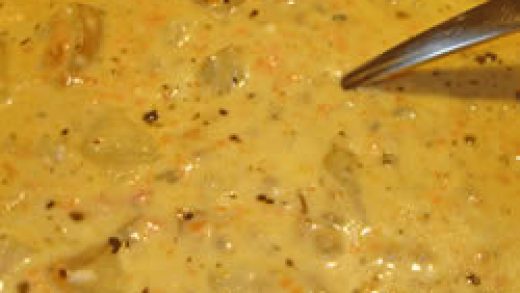Many people are afraid to cook fresh fish. They often rely on those breaded or battered fish sticks or pieces in the shape of a trapizoid. Guess what? Real fish is not square, stick-like or trapizoid shaped. Not that there’s anything wrong with that. They have their place and if that’s what you can afford, it’s better than no fish at all in your eating plan.
But if you move your eyes over a little you will find several kinds of other fish available, and we’re not even to the seafood counter yet (if your store has one and most do).
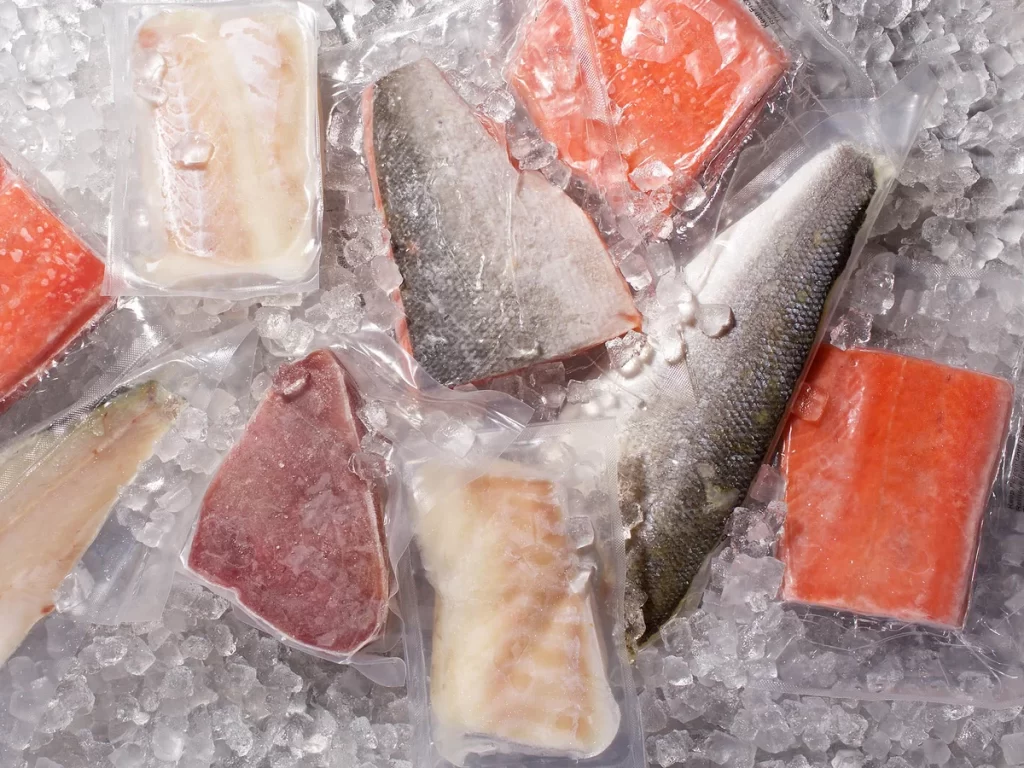
Fresh Or Frozen?
Fresh fish can be hard to find in a Midwestern city. Nearly every kind of seafood you will see in stores is either frozen, cooked, or previously frozen (meaning the store thawed them out already). In most cases, this is because most food doesn’t fly, meaning transport has to be considered. Frozen is the easiest and safest option, as long it stays frozen the whole way through. Often, that doesn’t happen. Avoid frozen packages that look refrozen or have freezer burn or frost on them. That’s often a sign of being in an unrefrigerated environment for a while.
If you want really fresh fish, seek out an Asian market near you. Many, if not most, have actual live fish in tanks. It doesn’t get fresher than that.
What’s Available In Your Supermarket
The selection probably varies in the frozen fish area. Often there will be a fish you don’t recognize. Don’t fret, check the Internet! I’m sure you’ll find plenty of advice. In general, I like to divide it into Freshwater and Saltwater varieties. For the most part, I like saltwater fish better, but that is just my taste.
Freshwater Fish
Probably the best known fish in most of the U.S. is the catfish. This fish is a bottom-feeder, meaning it searches the mud and muck at the bottom of lakes and rivers for food. They can grow to be quite large. Most of what you find in the store comes from fish farms in the Mississippi Delta, although imports from Asia are increasing. It’s important to remember that fish, like most meats, tastes like what it eats. The best tasting fish eat little fish. Farm-raised fish eat a manufactured feed made mostly of corn. Wild-caught catfish usually have a muddy taste, while the farm-raised has a milder flavor. Watch out for yellow flesh, that means it’s going bad.
Trout come in many varieties, most of them freshwater. These are found as farmed and wild-caught. Trout has a delicate flavor and soft texture. This is a good choice if you’re making a whole fish and is best fried or grilled.
A fish that thrives in warm freshwaters near the Gulf of Mexico is tilapia. This is the most widely farmed fish in the world. It can adapt to saltwater environments and originated in Africa. It’s a good fish for farming, and it can be found from China to Mexico to Egypt.
The Flat Fish
Flounder and Halibut are two widely seen flatfish in the market. Both produce meaty fillets. Halibut is larger than the flounder but both are bottom-feeders. Flounder is sometimes confused with sole, which a completely different species and much more expensive. Flounder is delicate while halibut is heartier and lower in fat, which means both burn easily and have to be carefully watched.
A Salmon Is Both
Salmon spend most of their lives swimming in the ocean eating other fish and growing. But they start and end their life in freshwater. Salmon can be divided into Atlantic and Pacific varieties. Nearly all Atlantic salmon are raised in farms off the New England coast. Except for a few places in Scotland and Norway, wild Atlantic salmon are endangered. Atlantic salmon has a mild flavor and a firm texture. Its oily flesh is good for beginners because it can handle a little overcooking.
Pacific Salmon come in several species and are usually wild caught in waters off the Pacific Northwest, British Columbia and Alaska. These varieties include sockeye, coho, king or Chinook. The primary difference is size. The flesh should be a deep red and it has a more intense flavor than Atlantic salmon.
Common Saltwater Fish In Supermarket
There was a time when cod were so plentiful they hampered ships in The Atlantic. That’s how Cape Cod got its name, it’s close to the shoals where they fed. Cod is a mild, flaky white fish that is great for baking. Today, wild cod populations are closely monitored in the Northern Atlantic.
Haddock is a member of the cod family and is the favorite for fish and chips. It’s firm, mild flesh is ideal for frying.
A similar fish is Pollock, often sold as an alternative to cod or haddock, which face possible overfishing because of their popularity. This whitefish is often used for minced applications like fish sticks.
Tuna outside of a can is another fish many people have not tried. Tuna is usually available in steaks which require only a little searing around the outside, leaving the middle it’s bright red, meaty color and taste. Bluefin tuna is prized for sushi, but there are many other varieties like Yellowfin or Ahi. Do not overcook these steaks, because they turn grey and dry. Medium-rare is the way to go.
Another meaty fish steak comes from the Swordfish. These are caught wild off The Atlantic coast, mostly in the summer months. These are best grilled.
How To Cook Fresh Fish (Or Thawed)

Chef Mark Palicki has some great advice for cooking fresh fish at home. He says you should use paper towels to dry the fish before you do anything else.
“This allows the fish to brown while cooking; otherwise, the fish will steam in its own moisture.”
The thickness of the fish will determine how hot you pan needs to be and how long it needs to cook. Palicki says good fish doesn’t need breading or battering.
“A fresh piece of fish just needs salt and a little pepper to enhance its elegant flavor.”
Many cultures believe fish tastes best when it is whole, with head, fins and bones intact. All these cooks do is gut and scale the fish.
All that’s left is cooking the fish before you enjoy it.
“You want the fish to get nice and brown on one side — three-quarters of the way cooked — and then flip it just to finish cooking on the other side. If the fish is very thin like flounder or sole, set the heat to high. For a thick piece of halibut, medium is about right, and for salmon, turn it up to medium-high. If the fish is extremely thick, it is probably best to brown the fish in a pan and finish cooking in a 400-degree oven.”
You’ll find many options in the frozen seafood section of your grocery store.
